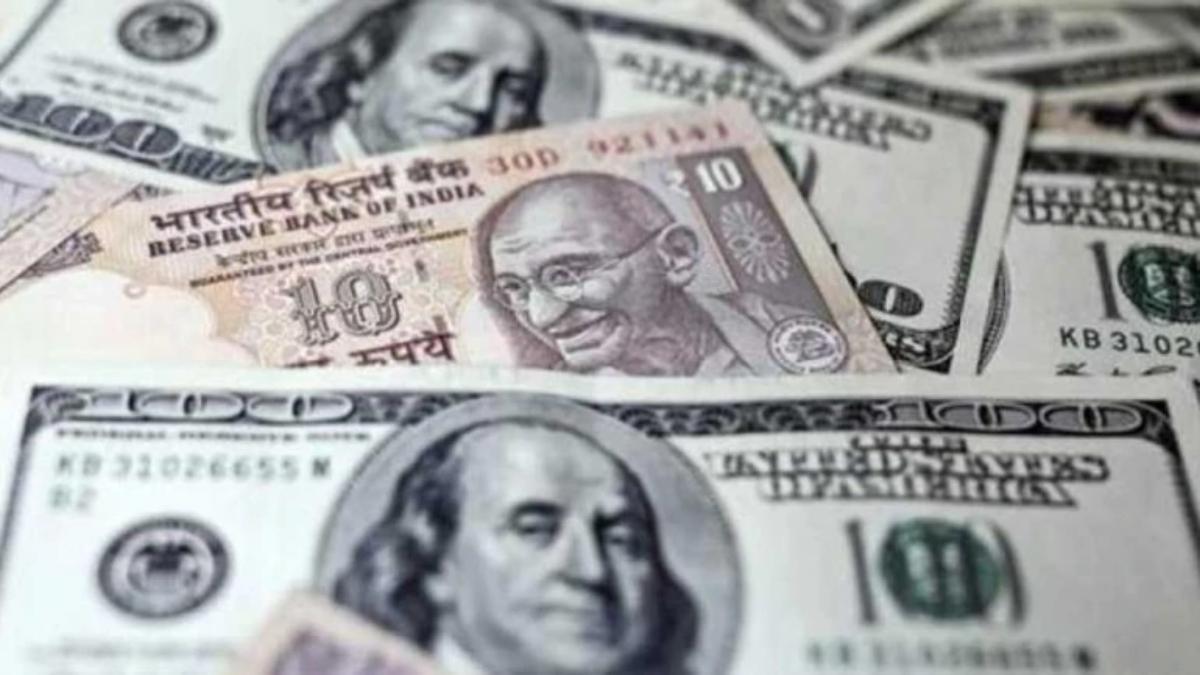
India’s forex reserves record steepest weekly fall ever of $12 billion

India’s foreign exchange reserves have fallen by $11.173 billion to $606.475 billion, the steepest weekly dip on record.
The rupee has taken a hit on fears of widening external deficits from the Ukraine war and a rising dollar, boosted by the US Federal Reserve’s aggressive posture on monetary policy tightening, according to Reserve Bank of India data.
This is the fourth consecutive weekly fall in the country’s forex reserves. According to the RBI’s weekly statistical supplement, the reserves had slipped by $2.03 billion to $617.648 billion in the prior week that ended on March 25. The reserves have slumped by nearly $27 billion in the last four weeks.
The latest fall was because of a decline in the core currency assets, which fell by $10.727 billion to $539.727 billion, suggesting the RBI intervened in the open market to defend the rupee.
The previous worst weekly fall was $9.6 billion for the week ended on March 11.
Typically, the RBI intervenes to reduce volatility in the currency market by selling from its reserves kitty. The Russian invasion of Ukraine has led to troubles in the currency markets.
The fallout from the war will keep the balance of payment (BoP) risk for India appear elevated for some time, according to Barclays.
The RBI data showed that the value of gold reserves also decreased by $507 million to $42.734 billion for the reporting week.
The special drawing rights (SDRs) with the International Monetary Fund (IMF) increased by $58 million to $18.879 billion, the data showed.
The country’s reserve position with the IMF also increased by $4 million to $5.136 billion in the reporting week, the bank said.
India’s external account – both the current account and the BoP – deteriorated during the December quarter to a surge in crude oil prices and a record pullout by foreign institutional investors.
“A larger trade deficit has pushed the current account to a nine-year low, with the deficit now no longer being offset completely by capital inflows. With rising commodity prices, India’s trade deficit and current account deficit are set to remain large for some time,” economists at Barclays wrote in a research note to clients.
“The widening in the current account balance was primarily due to a sharp deterioration in the trade deficit, which widened to $60.4bn from $44.4bn in Q3 21, as imports rose dramatically amid a normalisation of activity and rising commodity prices. Exports continued to hold up well, but this was not enough to offset the deficit widening, which largely reflected improving growth and higher global prices. This dynamic is set to persist in Q1 22 and Q2 22 given the ongoing improvement in growth and surge in commodity prices, especially for energy.”

